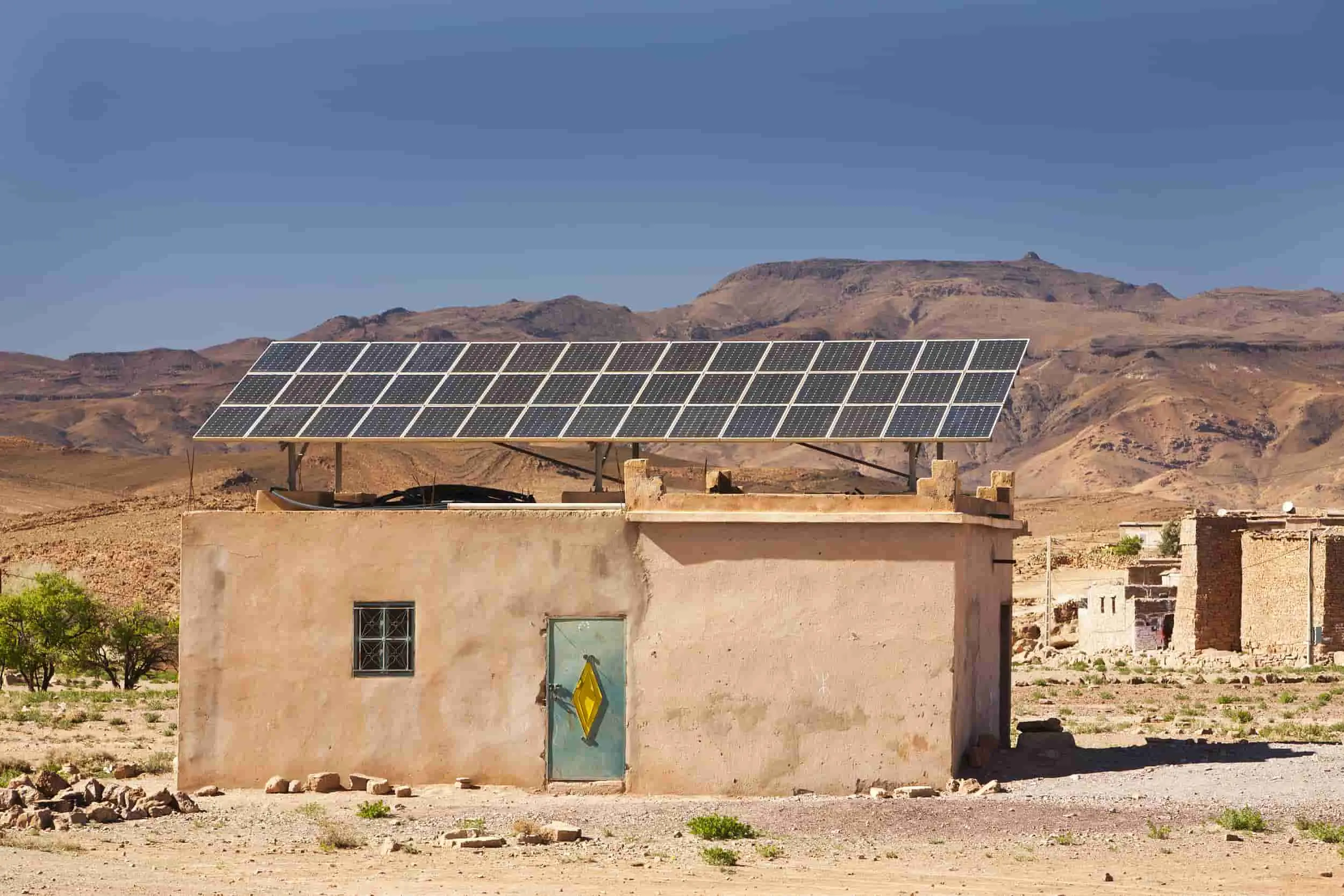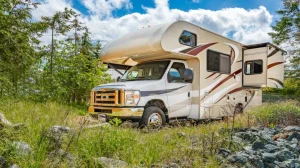“Too small risks outages; too big wastes money.” Homeowners, stores, and factories all have to make the same choice when it comes to solar panels. The old “+20%” padding used to work, but things have changed since then:
Micro-climates: A roof that faces north on the same street can get about 8% less than one that faces south.
Dynamic tariffs: prices can go down (even below zero) in the middle of the day and up in the evening.
Tech and policy: the efficiency of module and solar panel inverters keeps getting better, and V2H and storage subsidies come in waves.
The Dynamic 20% Model is our answer. It’s still easy to remember, but it changes based on the weather, the load, and the policy. You can also mix and match the layout of the solar array roof, the inverter, and the solar installation kit, home solar installation kit, solar panel kits, and storage, just like with LEGO. The result is solar power for homes or businesses that is always the right size, costs less per kWh, and can grow when you want it to.
The Three Faces of “20%” Most People Miss
| Dimension | What You Thought 20% Meant | What It Actually Covers | Common Mistake |
|---|---|---|---|
| Power headroom | Nameplate × 1.2 | Instant spikes (AC start, pumps, elevators) | Treating 20% as a law; AC + elevator start together and the system still trips |
| Energy headroom | Annual yield × 1.2 | Weather, dust, module aging (~0.8%/yr) | Using city averages; ignoring micro-climates (north façades, salt mist) |
| Strategic headroom | Expandable 20% | Room for storage, EV chargers, V2H | No spare DC terminals/rails/combiner space → upgrades = rework |
Solar panel and installation tip: target DC/AC ≈ 1.3 on the solar panel inverter and leave two spare MC4 pairs. Add extra rail holes now so future modules don’t require re-roofing.
The Dynamic 20% Model: Three Fast Adjusters
A) Climate Adjustment (K₁)
Real Headroom₁ = 20% × (1 + K₁)
Rain/fog +0.15 · Dusty +0.10 · High-latitude +0.20
Bifacial + high-albedo surface −0.05
B) Load Variability Factor (LVF)
LVF = Max-month kWh ÷ Average-month kWh
LVF ≤ 1.3 → keep Real Headroom₁
LVF > 1.3 → Real Headroom₂ = Real Headroom₁ + 10%, or convert that +10% into battery capacity
C) Policy Arbitrage (K₂)
| Local Policy | K₂ Change | What to Do |
|---|---|---|
| 1:1 net metering | −5% | Sell excess; reduce redundancy |
| Negative prices at noon | −5% & add storage | Shift 5% budget to batteries; discharge at peaks |
| Storage subsidy ≥30% | −5% & add storage | Batteries beat extra modules on ROI |
Free toolkit: NASA POWER (weather history), NREL PVWatts (site-specific yield), and our Excel at the end to auto-compute final redundancy %. These are your core solar panel energy facts for sizing.
Policy Arbitrage (K₂)
| Local Policy | K₂ Change | What to Do |
|---|---|---|
| 1:1 net metering | −5% | Sell excess; reduce redundancy |
| Negative prices at noon | −5% and add storage | Shift 5% budget to batteries and discharge at peaks |
| Storage subsidy ≥30% | −5% and add storage | Batteries beat more modules in ROI |
Free toolkit
NASA POWER → 20+ years of weather at your lat/long
NREL PVWatts → specific yield (kWh/kW·yr) for your site
Our Excel (see end) → converts K₁, LVF, K₂ into final redundancy %
These are the baseline solar panel energy facts you need to size systems correctly.
Roof, Inverter, and Kits: Design Choices That Move the Needle
Roof Array (the “solar array roof”)
Tilt ≈ latitude ±5°; azimuth: facing south within ±20° loses <3%.
Row spacing ≥ 1.8× panel height to avoid 9 a.m. winter shading.
Bifacial + white roof → 10–30% rear-side gain, letting you reduce headroom directly.
Inverter (the “solar panel inverter”)
DC/AC = 1.15–1.35 is cost-effective; too high wastes inverter; too low clips production.
Complex shading → optimizers/micro-inverters recover 50%+ shade loss → lower redundancy is justified.
Leave two spare MC4 inputs and one spare breaker for future strings/storage.
Kits (solar installation kit / home solar installation kit / solar panel kits)
Buying a kit isn’t settling—it’s matched certification, racking, and cables, avoiding three common traps:
Mounts incompatible with your roof tile profile
Undersized cables/fuses → ~2% annual loss
Mismatched MC4 genders → water ingress during rushed installs
Sungold Quick Mapping
| Scenario | Recommended | Why | Redundancy Down By |
|---|---|---|---|
| Many chimneys/trees | PA621 (cell-level optimization) | Shade loss ↓ ~50% | 5–8% |
| White flat roof / carport | DG bifacial | Typical rear-side gain ~25% | ~5% |
| RVs / boats / curved roofs | PA219 flexible (~1.9 kg/panel; no heavy racking) | DIY favorite | — |
PV Efficiency vs the “Average Cost of Solar Panels”
Higher pv efficiency doesn’t always lower the average cost of solar panels, but it does lower LCOE:
Bifacial + half-cut + high-density layouts: same 10 kW with ~8% less area → fewer rails & penetrations.
Optimizers/micro-inverters turn “partial shade” into local optimization: +3–7% annual kWh.
Upsize cables/fuses one grade: −1–2% annual losses—material over 25 years.
One-line truth:
“Bifacial ~25% rear gain + cell-level shade recovery ~50% + proper DC/AC ~1.3 = same kWh with fewer modules; spend the delta on storage.”
Plan for the Future (Post-2025)
Tech: bifacial + optimizers as default → redundancy down 5–8%.
Tariffs: if negative-price hours exceed ~15% of the year, PV must pair with storage or load shifting.
User: V2H standardizes; the EV becomes mobile storage, so redundancy can be “outsourced.”
Final Thoughts
The 20% rule isn’t a law; it’s a bridge to smart dispatch. With a well-designed solar array roof, the right solar panel inverter, and a matched solar installation kit, today’s “redundancy” becomes arbitrage during negative-price hours. Get the formulas right, then let modules, inverters, and storage each do their job—so solar power for homes and businesses is enough, cheap per kWh, and easy to expand.







